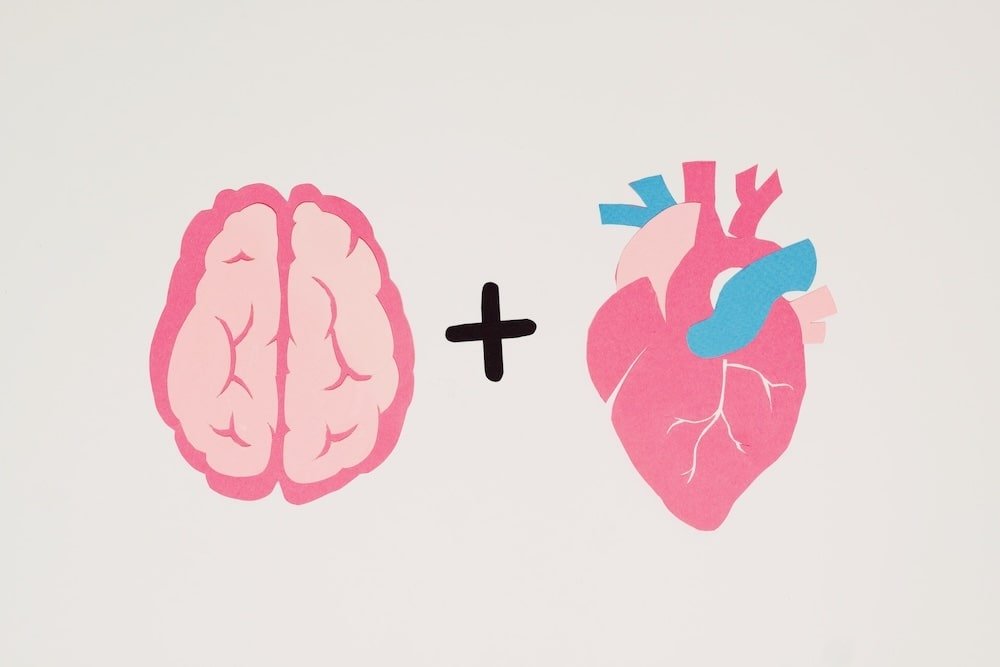Cognitive Diffusion: A Powerful Technique for Easing Anxiety
Anxiety is a common human experience that can range from mild worry to debilitating fear and panic. It affects millions of individuals worldwide, often interfering with their daily lives and overall well-being. While there are various therapeutic approaches to address anxiety, one particularly effective technique is cognitive diffusion. Cognitive diffusion helps individuals distance themselves from their anxious thoughts and beliefs, enabling them to develop a healthier and more balanced relationship with their inner experiences. In this article, we will explore what cognitive diffusion is, how it works, and the ways in which it can significantly alleviate anxiety symptoms.
Understanding Cognitive Diffusion:
Cognitive diffusion is a core principle derived from Acceptance and Commitment Therapy (ACT), a mindfulness-based therapeutic approach. It involves creating distance from distressing thoughts and emotions, allowing individuals to observe and acknowledge them without getting entangled or overwhelmed. By adopting a perspective of curiosity and non-attachment, cognitive diffusion enables individuals to relate to their anxious thoughts and beliefs in a more flexible and adaptive manner.
Challenging Anxious Thoughts:
Anxiety often stems from distorted thoughts and catastrophic beliefs that fuel feelings of fear and apprehension. Cognitive diffusion offers a powerful tool to challenge and deconstruct these anxious thoughts. Instead of treating these thoughts as objective truths, individuals learn to view them as mental events that come and go. By recognizing that thoughts are not necessarily accurate reflections of reality, individuals can gain a new level of freedom from the grip of anxiety.
Using Metaphors and Language:
One effective strategy in cognitive diffusion involves using metaphors and playful language to defuse the power of anxious thoughts. For instance, individuals may imagine their anxious thoughts as passing clouds or noisy background chatter. By labeling these thoughts as separate from themselves, individuals gain a sense of detachment and realize that their thoughts do not define who they are. This process enables them to let go of the urge to engage with and control their thoughts, reducing the intensity of anxiety.
Practicing Mindfulness:
Mindfulness, a central component of cognitive diffusion, involves paying deliberate attention to the present moment without judgment. By cultivating mindfulness, individuals become more aware of their anxious thoughts and bodily sensations without reacting impulsively. This increased awareness allows individuals to choose whether to engage with their anxiety or let it pass by. Mindfulness-based cognitive diffusion exercises, such as observing thoughts without judgment or focusing on the breath, provide individuals with a practical means to develop this skill.
Acceptance of Anxiety:
Paradoxically, accepting anxiety can be a transformative step toward reducing its impact. Cognitive diffusion encourages individuals to accept their anxiety as a normal human experience rather than trying to suppress or avoid it. By embracing anxiety with compassion and non-judgment, individuals can lessen the struggle and resistance, thereby reducing its power over their lives. Acceptance allows individuals to shift their focus toward engaging in valued actions rather than being consumed by anxious thoughts.
Creating Psychological Distance:
Cognitive diffusion techniques can also help individuals create psychological distance from their anxious thoughts. This involves recognizing that thoughts are mental events separate from reality and that they do not necessarily require immediate attention or action. By viewing their thoughts as passing phenomena, individuals can gain a sense of distance and perspective, enabling them to respond more flexibly to anxiety-provoking situations.
Replacing Catastrophic Thinking with Balanced Perspectives:
Anxiety often leads to catastrophic thinking, where individuals imagine the worst-case scenarios and overestimate potential dangers. Cognitive diffusion encourages individuals to challenge these catastrophic thoughts by generating more balanced and realistic perspectives. By evaluating the evidence supporting or refuting their anxious thoughts, individuals can develop a more accurate understanding of the situation. This process helps them reduce excessive worry and adopt a more rational approach to anxiety-provoking situations.
Integration with Values and Commitment:
Ultimately, the goal of cognitive diffusion is not just to alleviate anxiety symptoms but also to enable individuals to live meaningful and fulfilling lives. By connecting cognitive diffusion techniques with their personal values and committing to actions aligned with those values, individuals can create a sense of purpose and direction. This integration fosters psychological resilience and empowers individuals to confront anxiety with courage and determination.
Cognitive diffusion offers a valuable approach for managing anxiety by helping individuals relate to their anxious thoughts and beliefs in a more flexible and adaptive manner. By practicing cognitive diffusion techniques, individuals can challenge anxious thoughts, cultivate mindfulness, accept anxiety, and create psychological distance. This enables them to replace catastrophic thinking with balanced perspectives, reduce excessive worry, and live in alignment with their values. As individuals integrate cognitive diffusion into their lives, they can experience significant relief from anxiety symptoms and embark on a journey of emotional well-being and personal growth.
Unlock the door to inner peace and get out from under the weight of anxiety. Connect with a empathetic psychotherapist for a free 15-minute consultation. Let's discover together how I can support you on your journey toward a more resilient and tranquil you. Reach out today; your pathway to a calmer life starts here.

